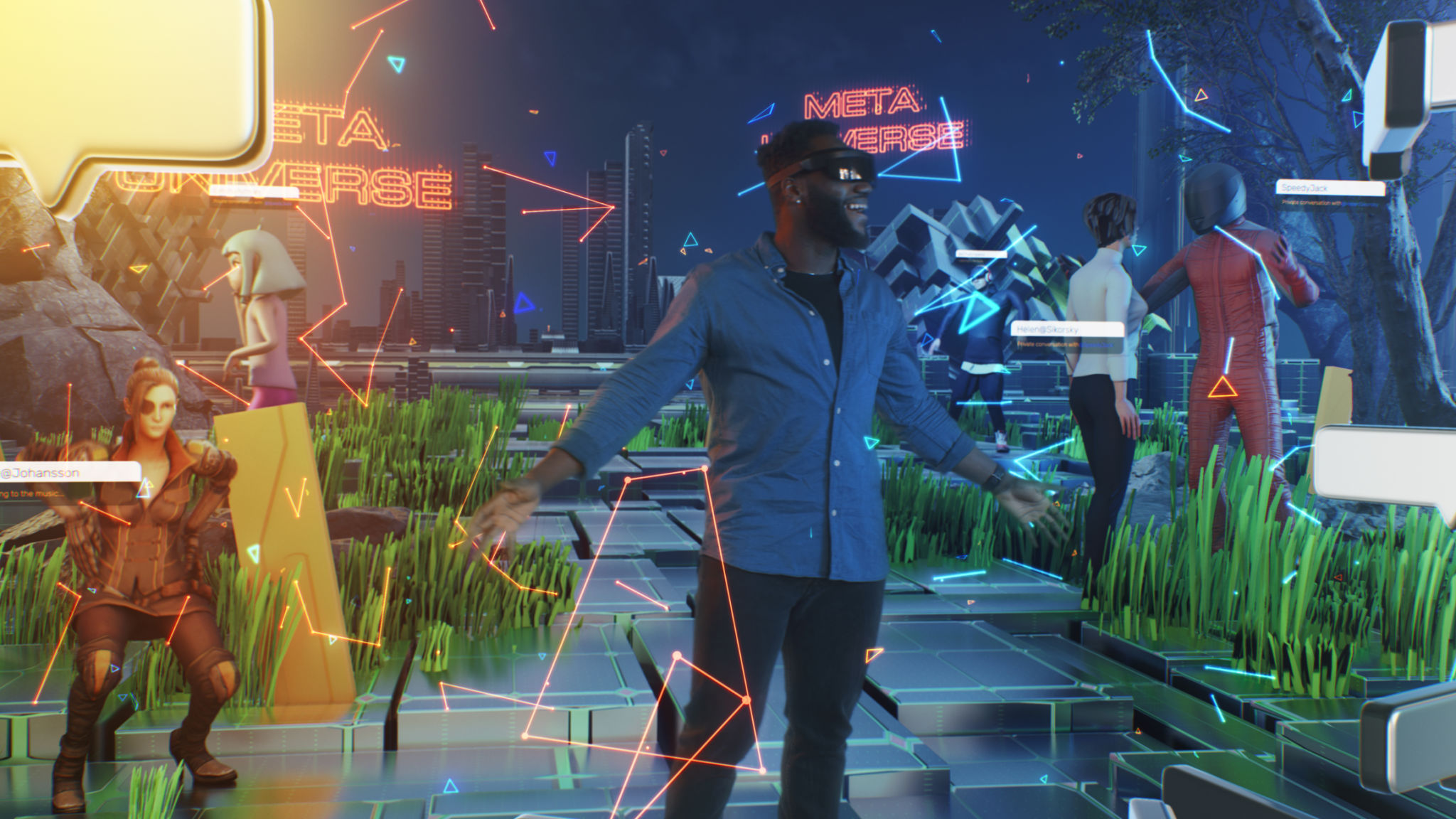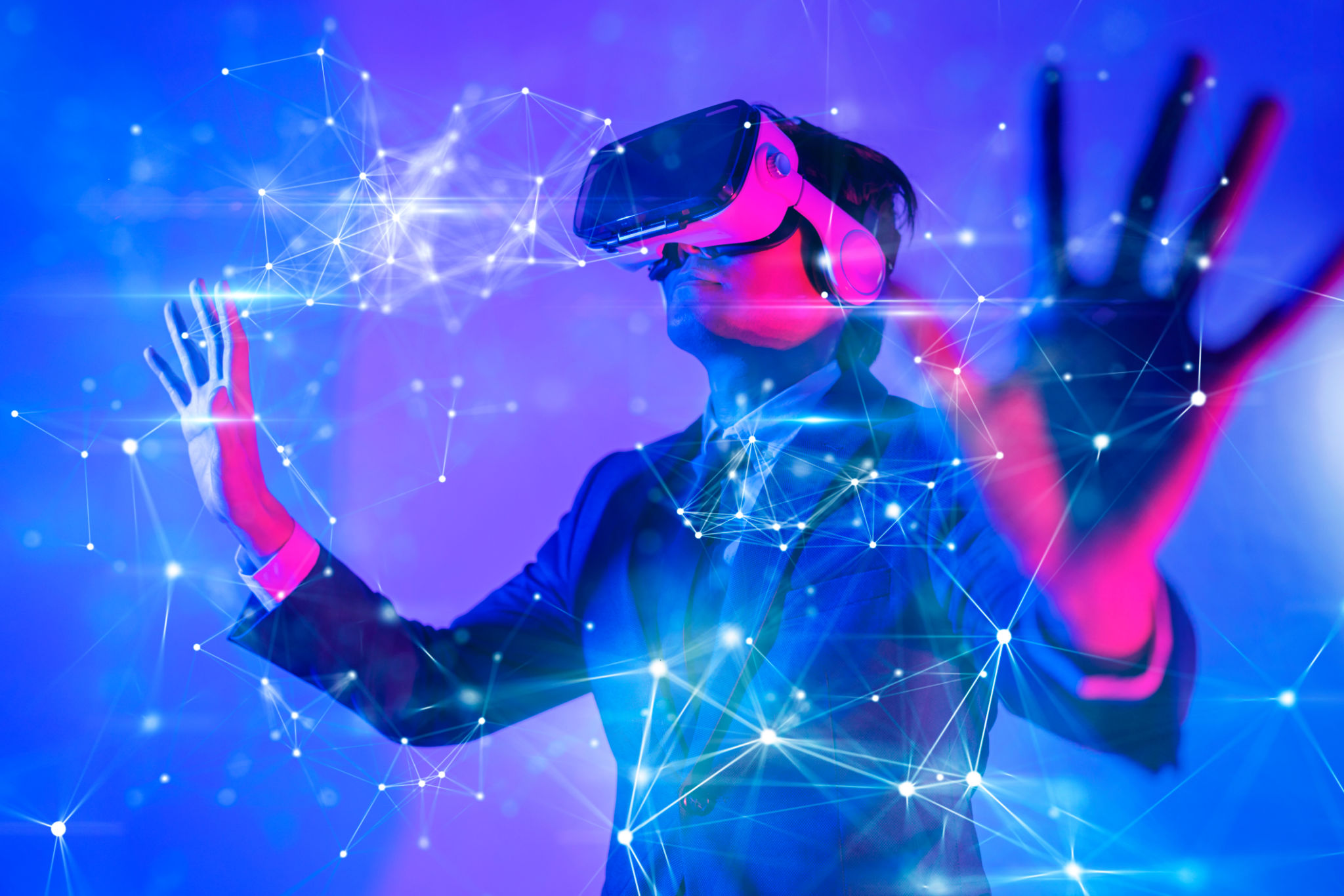Exploring the Latest Trends in Immersive Technology for Events
Introduction to Immersive Technology in Events
In recent years, immersive technology has revolutionized the way we experience events. From virtual reality (VR) to augmented reality (AR), these technologies have transformed traditional gatherings into interactive and engaging experiences. As event planners and organizers seek to create memorable events, understanding the latest trends in immersive technology is crucial.

Virtual Reality: A New Dimension
Virtual reality has gained significant traction in the events industry, offering attendees a new dimension of engagement. By creating entirely digital environments, VR allows participants to explore virtual spaces, interact with digital objects, and connect with others in a unique way. This technology is especially useful for events that aim to showcase products or offer interactive experiences.
One of the emerging trends in VR is the use of 360-degree video. This format provides a panoramic view of a scene, allowing users to look around in all directions. It's particularly popular for live events, such as concerts and sports, where viewers can feel as if they're part of the crowd.
Augmented Reality: Blending Real and Virtual Worlds
While VR immerses users in a completely virtual environment, augmented reality enhances the real world by overlaying digital information onto physical surroundings. This technology is becoming more accessible thanks to smartphones and AR glasses, making it easier for event organizers to integrate AR into their programs.

AR can be used in various ways at events, such as interactive maps, scavenger hunts, or product demonstrations. For example, attendees can point their phones at a product to see additional information or animations, creating a more engaging and informative experience.
Mixed Reality: The Best of Both Worlds
Mixed reality (MR) combines elements of both VR and AR to create a seamless blend of real and virtual experiences. This technology offers endless possibilities for event organizers looking to push the boundaries of what's possible. In MR environments, digital objects are anchored to the real world, allowing users to interact with them naturally.
One trend in MR is the use of holographic displays, which can project 3D images into physical spaces. These displays are being used for everything from keynote presentations to product launches, providing an innovative way to captivate audiences.
Interactive Experiences: Engaging Attendees
The key to successful immersive technology at events is creating interactive experiences that engage attendees. Technologies like motion tracking and gesture recognition can add a new layer of interaction, allowing participants to control digital elements with their movements.

For example, event organizers might use motion-tracking cameras that allow attendees to play games or participate in activities by simply moving their hands or bodies. This not only enhances engagement but also makes the experience more memorable.
The Future of Immersive Technology in Events
As immersive technology continues to evolve, its potential applications in the events industry are limitless. With advancements in AI and machine learning, these technologies will become even more sophisticated, offering personalized experiences tailored to individual preferences.
Looking ahead, we can expect to see more hybrid events that combine physical and digital elements, allowing for greater flexibility and reach. As these technologies become more integrated into our lives, the line between real and virtual will continue to blur, opening up new possibilities for event experiences.
